How to Install cPanel
Originally published in 1997, cPanel is the trusted choice by web hosting providers and server administrators worldwide looking for a graphical user interface to manage the creation of website hosting accounts on servers. cPanel makes it easy and secure to provision website hosting on a server.
In this article, we’ll show you how to install cPanel on a ServerMania Cloud or Dedicated Server.
See Also:ServerMania cPanel Dedicated Servers
What is cPanel?
cPanel is a web hosting control panel which automates the creation and management of web hosting on a server.
Using the Web Host Manager interface, server administrators can create a new hosting account for a domain and the owner of the domain can login to their cPanel account to manage files, databases, email, and more.
cPanel also includes hundreds of server management utilities and addons such as mail queue management, virus scanning, and backups which makes it easier for server admins to manage the server without having to use the command line as frequently.
Is cPanel free?
cPanel is not free. It is a commercial application which requires a monthly license to operate. You can install cPanel with a trial license, but you will need to purchase a license from ServerMania or another official cPanel distributor in order to use the software We discuss pricing below.
How much does cPanel cost?
cPanel is licensed based on the number of domains hosted on a server and the server type. Please visit cpanel.net to learn more about the current cPanel prices.
See Also: (Live Webinar) Meet ServerMania: Transform Your Server Hosting Experience
What are alternatives to cPanel?
If you’re looking for alternatives to cPanel including more cheaper options, you could check out Plesk, Directadmin, ISPconfig, or Webmin. Each of these are good alternatives, but cPanel remains one of the most popular and trusted panels in the industry.
While it may seem like an added expense, most businesses agree that the value provided by cPanel is well worth it, especially with the support you can obtain from cPanel with your license.
Check out our Plesk vs cPanel KB article for a detailed comparison between the two panels.
Can I use cPanel on Windows?
While cPanel can be accessed from any web browser with an internet connection, a server running cPanel can only be set up on a CentOS 7 or CloudLinux machine. cPanel is not supported on a Windows Server or any other Linux distro.
cPanel Server Requirements
In order to run cPanel, you will need a server with the following requirements:
- CentOS 7 Operating System
- 2GB of Memory Recommended
- 1.1 GHz processor
- 40GB Disk Space
These are minimum requirements and additional resources beyond these requirements are always recommended.
How to Install cPanel
Step 1: Login to the server
Login via SSH to the server using the root username
ssh root@IP-Address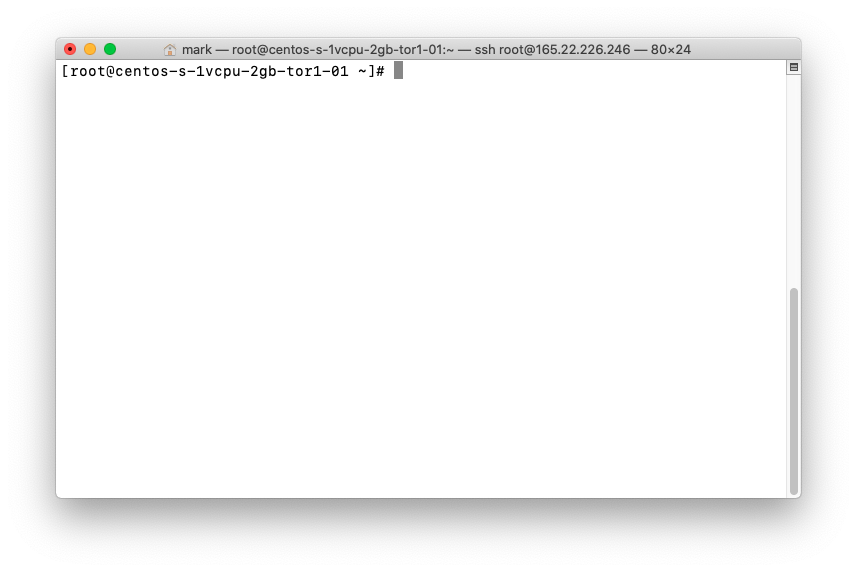
Step 2: Open a screen
Install screen if it is not yet installed:
yum install screen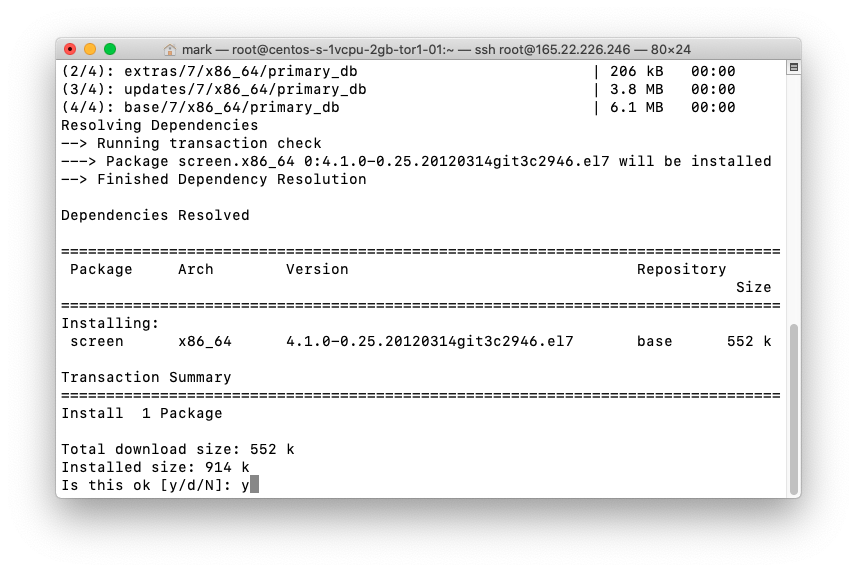
Then open a screen
screen
Step 3: Set a hostname
The cPanel installer needs a valid FQDN set as the hostname before the install can run. If a proper hostname has not been set, set it with the hostname command:
hostname domain.tld
Step 4: Execute the Installation Command
cPanel can be installed with the following command:
cd /home && curl -o latest -L https://securedownloads.cpanel.net/latest && sh latest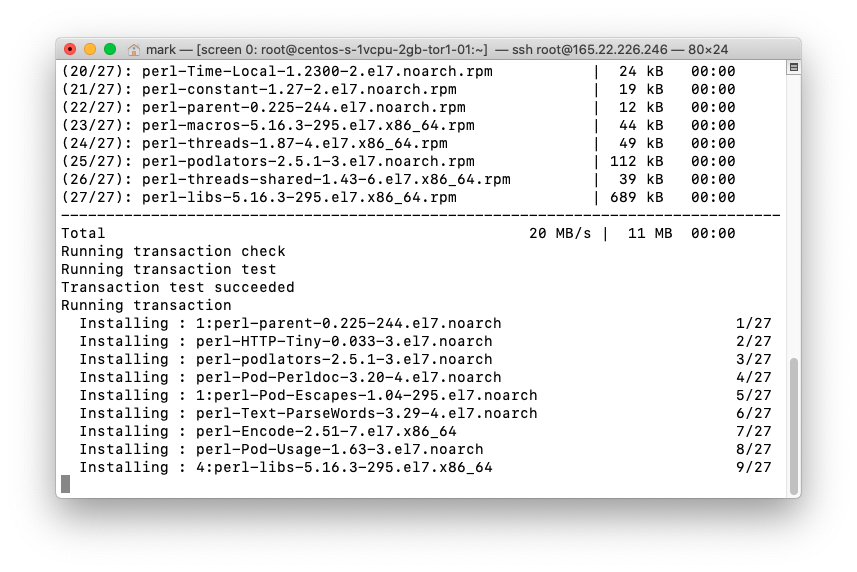
Step 5: Proceed with web installation
Once the installation is complete, a URL will be provided to proceed with the web installation. Navigate to this URL in your browser.
Accept the terms of service:

Enter your email and nameservers:
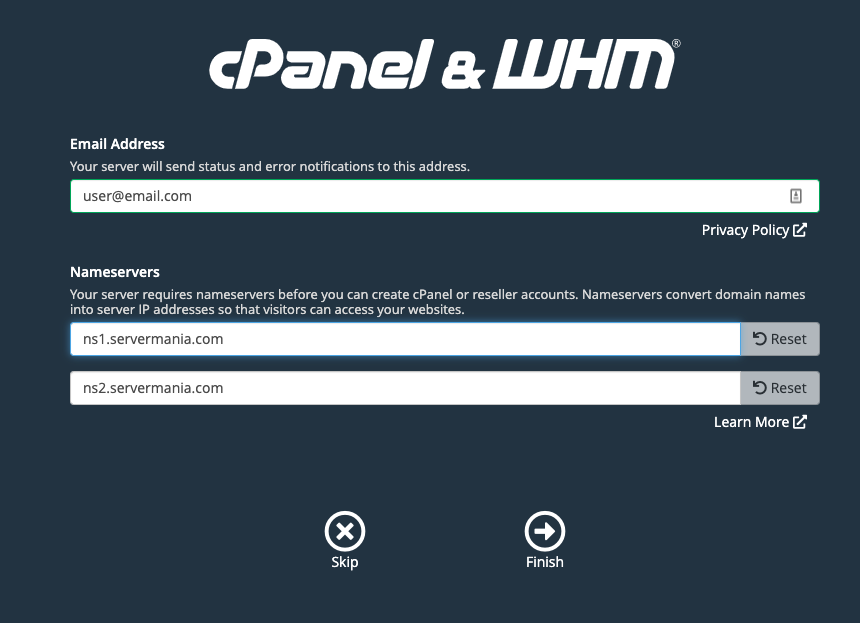
You will then be presented with the WHM management page:
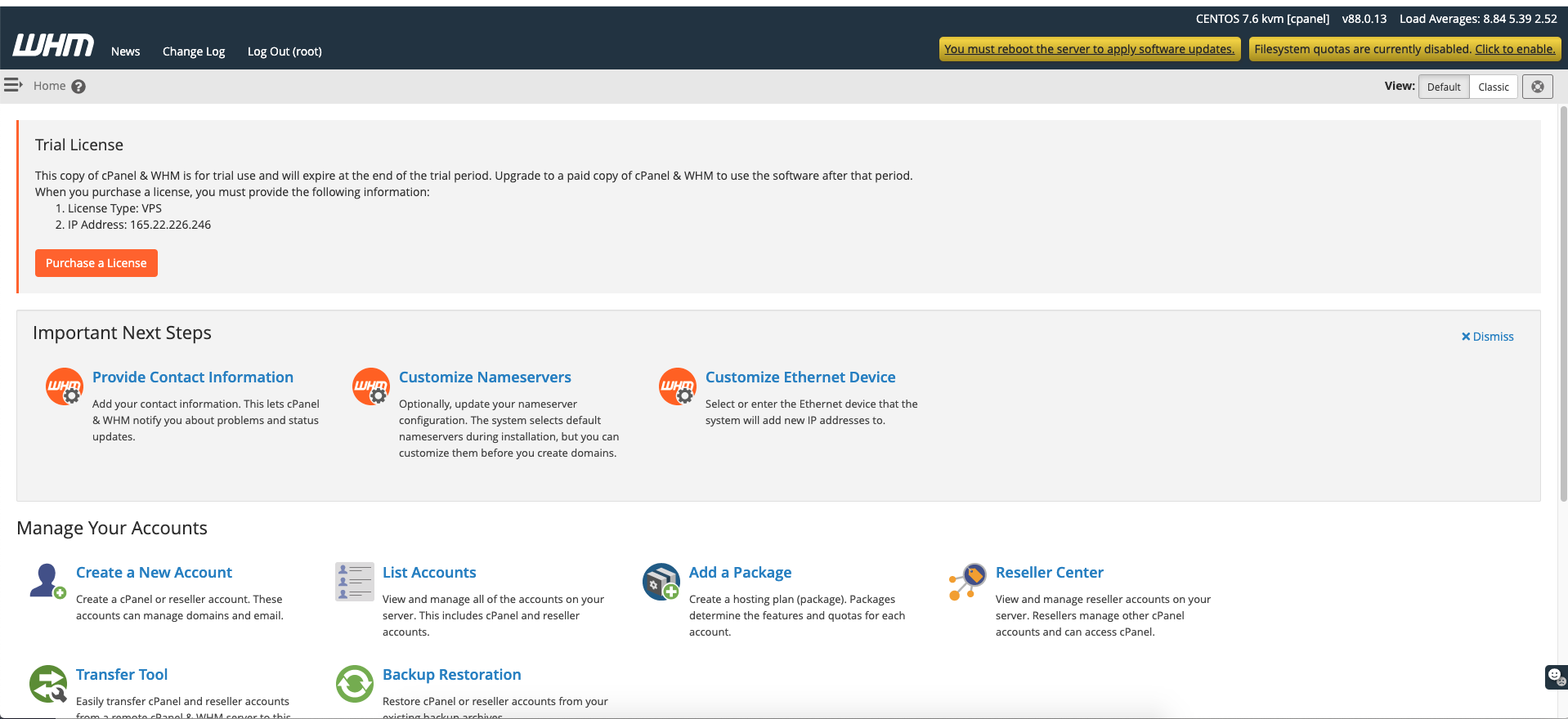
Step 6: Restart the server
To complete the installation, restart your server.
restart
Next Steps
Now that you have completed the installation of cPanel, you can begin using your server. Check out our tutorial on the top 5 ways to secure your server to keep your server running smoothly. We also recommend adding ServerMania Cloud Backup to any production server.
Need help managing your server? Our team of cPanel system admins can help you if you choose to purchase one of our managed services.
Was this page helpful?

